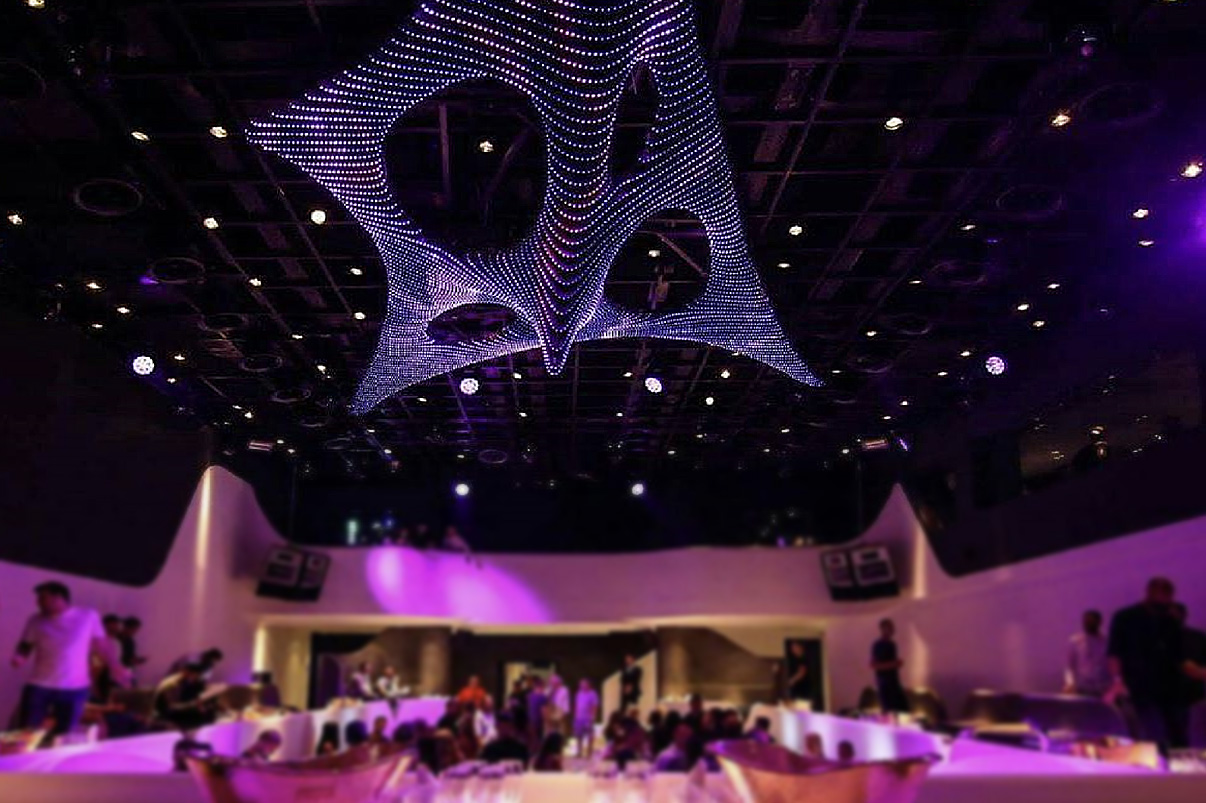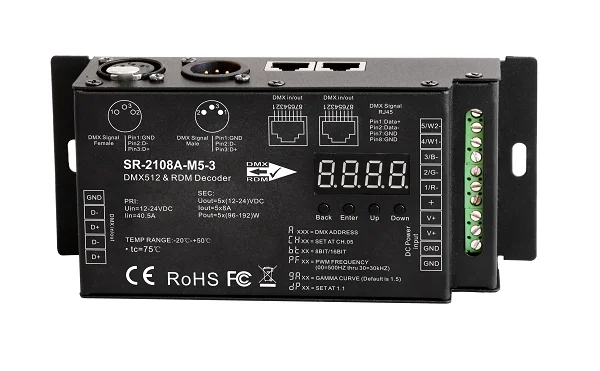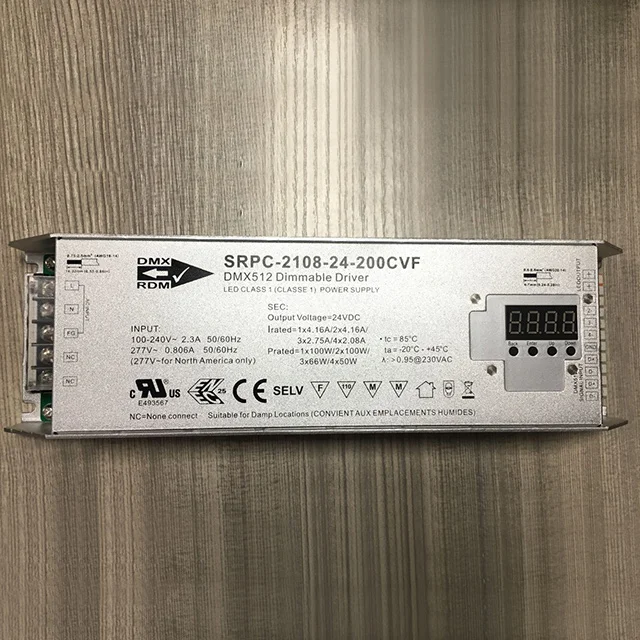- The Extended Manufacturer Warranty is a 1-year or 2-year extended warranty available for sale at the time of any new RDM scanner purchase and extends the standard 2-year limited manufacturer warranty to either 3 or 4 years.
- The current page applies to RDM Scanner Control Manager 4.0.1.2 - RDM Driver version 4.0.1.2 only. A way to uninstall RDM Scanner Control Manager 4.0.1.2 - RDM Driver from your computer with Advanced Uninstaller PRO RDM Scanner Control Manager 4.0.1.2 - RDM Driver is a program offered by the software company RDM Corporation.
- In the event repairs are ever needed to any RDM product, they should be performed by RDM Corporation or an authorized representative of RDM Corporation. For information please contact RDM Corporation, 4-608 Weber Street North, Waterloo, Ontario, Canada N2V 1K4, at 1-800-567-6227, or RDM’s US service agent below. US Service Agent Jason S.
Control and monitor RDM fixtures remotely
The RDM Point 4 IP driver is designed to suit outdoor DMX/RDM controlled LED installations, featuring a housing design, suitable for inclement weather. Isolated electronics add extra protection to your fittings.
You could do it the hard way, or you could do it the ENTTEC RDM Controller way. RDM Controller is a powerful app designed specifically to control and monitor RDM fixtures remotely. Whether you use the LITE or FULL version of the app (which unlocks access to all RDM commands, even custom manufacturer ones), the simple, intuitive drag and drop interface makes working with RDM commands virtually effortless.
Features
Smart Patch
Simply drag and drop any RDM enabled fixtures to the patch gird, to address them. Options to auto address also available. RDM makes it easier to address the fixtures/drivers easily.
Talk back to the RDM fixture
Controller allows you to change DMX Address, Personality, Lamp mode, and a host of other supported commands. Take conrol of your fixtures remotely.
Monitor the Sensors

Easily monitor the values of various Sensors from RDM fixtures in real time. RDM Controller supports all types of Sensors, and shows the relevant information in a graphical bar.
Find all RDM fixtures online
Do the basic RDM task of finding all the connected RDM fixtures, using our RDM Controller, right from your laptop. Simple and convenient.
Basic Features (free)
- Full discovery : detects all RDM devices and adds them to the list
- Sub Devices: detects any sub devices for a selected device
- Device Info: view a detailed summary of the device
- DMX : change DMX personality and DMX start address for the fixture
- Conforms to full ANSI E1.37-1 RDM standard
- Control & monitor upto 512 RDM devices
Full Features (license required)
- GET and SET for all PIDs (even user defined)
- Monitor your fixture for any sensors with easy to view info
- Drag & drop DMX address patching
- Status messages
- Advanced RDM Get/Set (send any manufacturer PID)
Please note: The full mode is activated by using either:- RDM Kit, OR RDM License Dongle + USB PRO or PRO Mk2
Downloads
Documents
Apps
Support
Works with
Remote Device Management (RDM) is a protocol enhancement to USITTDMX512 that allows bi-directional communication between a lighting or system controller and attached RDM compliant devices over a standard DMX line. This protocol will allow configuration, status monitoring, and management of these devices in such a way that does not disturb the normal operation of standard DMX512 devices that do not recognize the RDM protocol.The standard was originally developed by the Entertainment Services and Technology Association - Technical Standards (ESTA) [1] and is officially known as 'ANSI E1.20, Remote Device Management Over DMX512 Networks.
As of January 2011 ESTA, the Entertainment Services and Technology Association in North America, has merged with the Professional Lighting and Sound Association, a similar organization in the UK. The new organization was called PLASA. In 2015 PLASA Governing Body chairman John Simpson announced that the organisation had been facing 'critical cash-flow problems', precipitating the sale of its Eastbourne office, staff reductions, business restructuring and a reduction in services provided to members. In addition, the de-merger of the American arm of the organisation into a separate body.
All ESTA standards are now maintained by ESTA.

Technical Details[edit]
Rdm Driverless Network Scanner
RDM Physical layer[edit]
The RDM protocol and the RDM physical layer were designed to be compatible with legacy equipment. All compliant legacy DMX512 receivers should be usable in mixed systems with an RDM controller (console) and RDM responders (receivers). DMX receivers and RDM responders can be used with a legacy DMX console to form a DMX512 only system. From a user’s point of view the system layout is very similar to a DMX system. The controller is placed at one end of the main cable segment. The cable is run receiver to receiver in a daisy-chain fashion. RDM enabled splitters are used the same way DMX splitters would be. The far end (the non console or splitter end) of a cable segment should be terminated.
RDM requires two significant topology changes compared to DMX. However, these changes are generally internal to equipment and therefore not seen by the user.
First, a controller’s (console’s) output is terminated. Second, this termination must provide a bias to keep the line in the ‘marking state’ when no driver is enabled.
The reason for the additional termination is that a network segment will be driven at many points along its length. Hence, either end of the segment, if unterminated, will cause reflections.
A DMX console’s output drivers are always enabled. The RDM protocol is designed so that except during discovery, there should never be data collisions. To assure this lack of collisions, while making possible implementation on different platforms, there are times when all line drivers are required to be disabled. If nothing more than the termination was done, the line would float to some unknown level. In that case one or more random changes might be read on the line. These random changes greatly decrease system accuracy. So the biasing of the line is required
To assure this, section 2.4.1 (Line Bias Networks) of the standard says;“The command port shall provide a means to bias the termination of the data link to a value of atleast 245 mV and verified by using the test circuit described in Appendix F.”
The standard further states that, the biasing mean “shall be polarized such that Data+ of the data link is positive with respect to Data- the data link. The Line Biasing network shall maintain this bias when the data link is loaded with the equivalent of 32 unit loads and common mode voltage is varied over the range of +7 volts to -7 volts DC.”
The standard does not require any particular circuit for providing the basis and termination; however, the simplest method is often a passive pull apart network.
Whatever method is used must be tested with the chosen driver chip to see that the design combination still meets the requirement of E1.20. Tests are given in Appendix F of the standard. These tests are for design verification and are not required as production testing. Experience has shown many EIA485 drivers designed for 5 volt operation will pass the required tests. It is not so clear that all 3.3 volt parts will pass. In either case this performance must be verified. Details of the pull apart network and the tests can be found in ANSI E1.20 - 2006.

Protocol[edit]
RDM packets are interspersed with the existing DMX data packets being used to control the lighting. The DMX 512 specification requires that DMX packets begin with the start code. The default Start Code is 0x00(also known as the Null Start Code). By using the start code 0xCC, RDM packets can be safely inserted between DMX data packets without older non-RDM aware devices attempting to read them.
The DMX 512 specification required DMX connectors to be a 5-pin XLR type, with only the first 3 pins being used (pins 4 and 5 were reserved for 'future use'). Unfortunately, various manufacturers started using the final two pins for various, proprietary purposes, such as low-voltage power or proprietary talk-back protocols. As a result, the decision was made to have all RDM communication on pins 2 and 3. This raises data collision concerns.
The RDM standard addresses this problem by ensuring that in all cases (except discovery) only one device is authorized to be transmitting at any given time. Only the controller (of which there can be only one) can start an RDM exchange. Responders can speak only if spoken to. The controller will always initiate all RDM communication.
All RDM devices have a unique identifier (UID) that consists of a manufacturer ID and serial number.
RDM communication can be broken down into three types:
- Discovery
Discovery[edit]
Discovery is the only situation in which data collisions can occur assuming all connected devices behave correctly. The controller will broadcast a discovery command to all devices and await a response. If there are more than one device connected, the simultaneous responses will likely result in a data collision, and the controller will not receive a correctly formatted response. The controller will then refine its search to a smaller range of UIDs according to a binary search pattern. Once the controller receives a correct response it will attempt to mute the responding device. After a successful mute, the device is no longer allowed to respond to discovery messages, and the controller can continue searching for other devices. Once all devices have been muted (no responses are received to discovery commands), the discovery process is finished and the controller will hold a list of all connected devices.
The controller will need to periodically perform searches for new devices and assert that already discovered devices are still connected.

Unicast communication[edit]
General communication with a specific fixture occurs in a request-response pattern. The controller sends the request to the device, addressing it by the device's UID. When the request has been sent, the controller relinquishes control of the DMX line for a given period of time, so the device can transmit its response. Unicast communication is the only way in which data can be retrieved from a fixture (other than its UID which can be obtained using the discovery mechanism mentioned above). If the device does not respond within a given period of time, the controller can assume communication has failed, and may retry.
Broadcast communication[edit]

To quickly send instructions to multiple fixtures, RDM allows for broadcast communication. This allows the controller to send an instruction to all devices, or all devices from one manufacturer. As more than one device might be receiving the message, responses are not permitted in broadcast communication except during the Discovery process.
Uses for RDM[edit]
Since the RDM protocol travels on top of the DMX512 protocol, most of its uses will be in the fields of architectural and stage lighting.
This protocol will change the way that Lighting Technicians setup and maintain their lighting rigs, It can provide:
- Identification and classification of connected devices (Fixtures, Dimmers, Splitters, etc...)
- Addressing of devices controllable by DMX512
- Status reporting of fixtures or other connected devices
- Configuration of fixtures and other DMX devices
Compatibility with existing DMX hardware[edit]
RDM was designed from the outset to work with existing DMX devices. The use of a different start code ensures all DMX-compliant devices that do not support RDM will simply ignore any RDM messages, however not all DMX devices have been made strictly to the DMX specification, and so devices that do not check the start code of incoming DMX packets will try to interpret RDM messages as DMX packets, which can result in flicker or other types of misbehavior.
Any devices that provide galvanic isolation or buffering on the DMX line (such as DMX splitters) have traditionally been designed to allow transmission in one direction: from the controller to the devices. As RDM requires bi-directional communication these devices will typically fail. Only devices that have been designed with RDM compatibility as a feature will typically work. Older DMX splitters that are not RDM compatible should still reliably send the DMX data, and block RDM communication.
Adoption[edit]
Rdm Driver
RDM was ratified in 2006. It took a while for it to be widely adopted. There are now several mainstream lighting consoles supporting RDM as well as a growing list of RDM “responders” such as colour scrollers, dimmers, and moving lights. Data distribution products including wireless DMX/RDM links are now available.
Rdm Simplicity Driver
Support[edit]
DMX512 / RDM testers and configuration tools are available. With these tools a system containing RDM responders can be addressed, configured, and monitored without requiring a RDM console. The introduction of test tools has greatly increased the ability to design and evaluate RDM controllers and responders. Some companies make RDM-injector devices that go between the DMX controller and the responders. They inject RDM packets into the DMX data stream.
Cross-compatibility[edit]
As with any relatively new protocol, some inter manufacturer compatibility issues have and will crop up. To overcome these problems the DMX community has taken several actions. The RDM Protocol Developer and User Forum exists to allow implementers to ask questions and work through potential problems. PLASA is holding RDM plugfests several times a year. These allow RDM manufacturers to interface gear from other manufacturers with their own. This has led to greater inter-operability. For RDM responders there is an open source suite of Automated Responder Tests.
Compatibility with new technologies[edit]
RDM has been designed with the traditional DMX-512 serial interface in mind. It relies heavily on a few assumptions that could affect its compatibility with other lighting technologies.
RDM relies on there being only one controller on a single line, to manage its collision prevention. A number of products exist to allow multiple DMX streams from multiple controllers being merged into one DMX stream. While this is fairly trivial in a unidirectional environment, it becomes much more complex when RDM is involved, as it can quickly get very difficult to route the RDM responses from devices back to the correct controller.
RDM relies on devices replying within a given time-frame of a response completing. If a device does not begin responding in the correct time-frame, the controller will most likely retry its request or give up. In a DMX-only environment this is not a problem as the delay between the device and the controller is likely to be very, very short. If the DMX is being routed down an intermediary medium (such as down a TCP/IP (Ethernet) network or wireless interface) then this can cause some problems. In general, if the manufacturer has control over the intermediary interface (as they do for protocols such as wireless DMX), it is possible to forward on the RDM responses as they are being received, along with a proxy system for the discovery process to provide the illusion of the RDM communication occurring as normal.
If the manufacturer does not have control over the implementation of the intermediary interface (such as when using an Ethernet network) then it is virtually impossible to send RDM messages back to a DMX-based RDM controller. It is possible, however, to maintain RDM communication with DMX-based devices and an Ethernet-based controller. Since lighting controllers are already rapidly heading towards being entirely Ethernet-based, this is the form DMX/RDM devices are most likely going to be seen in the future. With both RDM and DMX communication originating on the Ethernet medium, being converted through an Ethernet-to-DMX output device, and then proceeding to DMX-based devices.
See also[edit]
Rdm Driver Download
External links[edit]
- Specifications
- Other